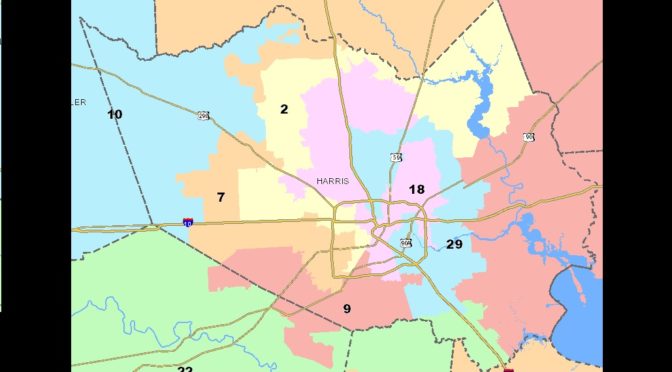Federal Court: Texas Redistricting Scheme Intentionally “Cracked And Packed” Minority Vote
You gotta hand it to politicians... if there's one thing they know how to do, it's getting reelected. Part of the reason I suppose you could say the same for any politician halfway worth their salt.
Those elections are certainly how Texas perseveres as a reliably "Red State" even as our demographics have shifted so dramatically … Continue Reading ››
